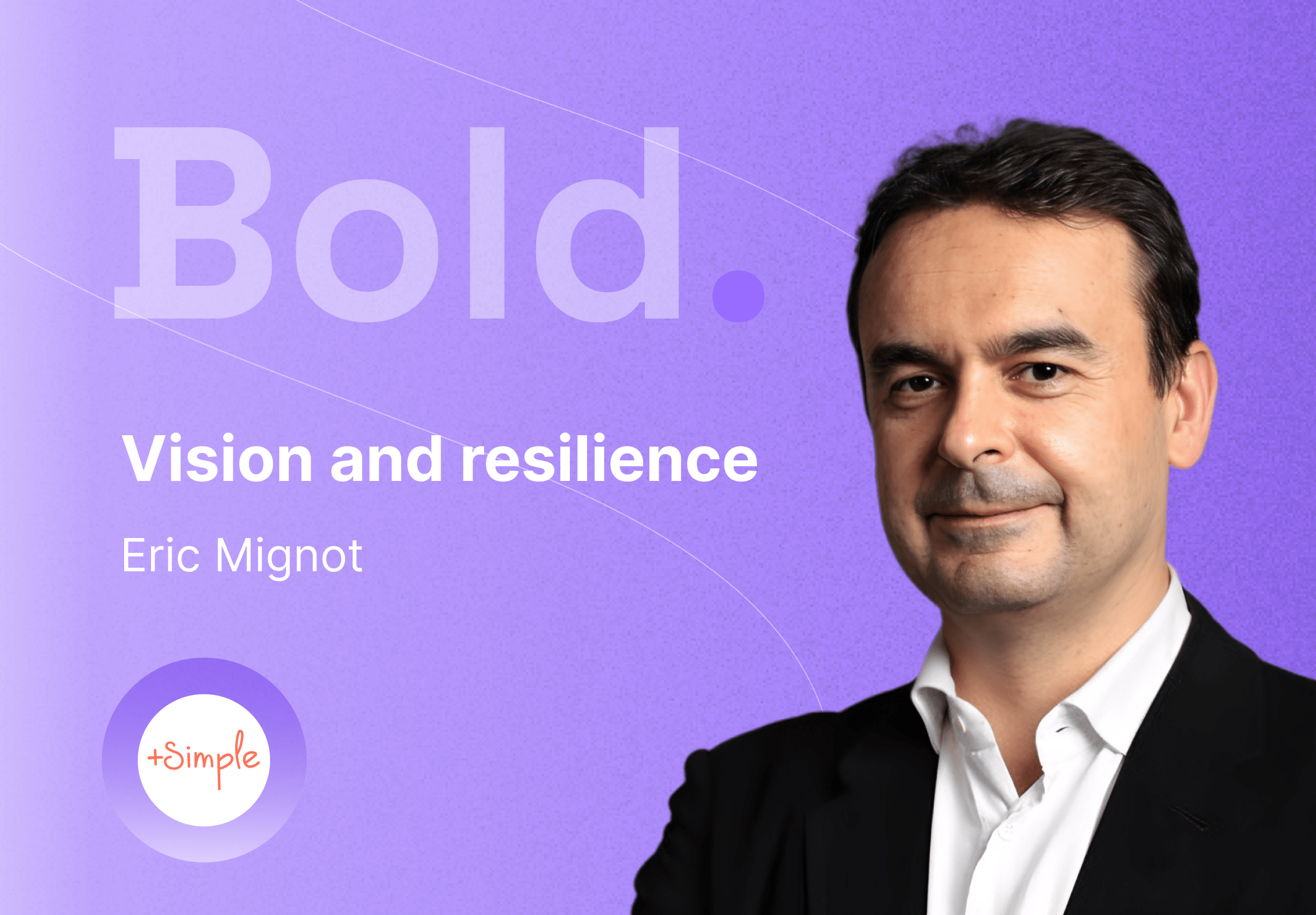Brokers, 4 mistakes that make your conversion rate drop
We interviewed Francis Mahut, Associate Director of Eficiens, and Joanne Jacqueline, Product Manager at Seyna, to give us their advice on the mistakes that cause conversion rates to fall.

Asking for the minimum amount of information while capturing the essence. In the insurance sector, building the ideal subscription process seems to be a delicate balance between user experience (the famous UX) and regulatory compliance.
“Compared to other sectors of activity, the subscription process for insurance is very constrained,” says Francis Mahut, partner director and co-founder of Eficiens, a digital agency specializing in the insurance sector.
“Regulations require precise collection of needs to inform the choice, but also a format to present the information through IPID sheets (Insurance Product Information Document).”
Asking for too much information too early
In this game, not all insurance players play on an equal footing.
“The sector started to work on the digitalization of the subscription process quite late, in 2015,” observes Francis Mahut. The big players, those in the Top 10, have put in a lot of effort to catch up with this delay and now offer rather well-marked online journeys.
Insurtechs have entered this game with obviously more ease since they start from a blank sheet. All the other players, insurers and mutuals, for whom this digitalization of the journey is just beginning and still too often stops at the quote.”
But how do you spot a still-maturing underwriting journey?
“By the fact that it does not escape two major pitfalls,” analyzes Joanne Jacqueline, Product Manager at Seyna, "asking for too much information and too early. In our studies, we have clearly demonstrated that the more information we ask for, the more choices there are and the more the conversion rate of the journey drops.”
Creating overloaded screens
That is why Seyna's Product teams have opted for streamlined screens.
“We commit to leaving a lot of white space on our screens. Above all, we limit the number of components we can display on one page to two.”
Objective: quickly reach the quote page with the proposed coverage and price. However, be careful not to skip steps.
“For an insurance product, too fast a journey can also generate suspicion,” warns the Product Manager.
How to make these screen sequences and forms more... human?
“Micro-interactions can be valuable,” says Francis Mahut. "Animated icons or progress bars are among these details that count and help to mark out the journey.”
And the possibility of using a chat interface during the journey? “On complex products, it is a good way to play the omnichannel card by establishing contact between prospect and advisor,” judges the co-founder of Eficiens.
“However,” Joanne Jacqueline says, “if we are talking about chatbots, be careful to master the scenarios so as not to spin the prospect around. The risk of disappointment can be high and the system counterproductive...”
Lacking simplicity in explaining your insurance products
Working on the journey should not be limited to working on the form but also on the substance. A full-fledged project.
“Too often, journeys are ruined by a completely incomprehensible technical-legal language. As if we had chosen to put a lawyer in front of the prospect,” points out Francis Mahut. "It looks like an easy way out at first, but in the end, this language kills conversion."
"We have had the opportunity to prove this many times with clients we support, it is entirely possible to comply intelligently with regulations, by speaking clearly, in a language that is understandable to all.”
This is also one of the reasons why Seyna offers brokers the ability to customize the language elements of its interfaces.
Two other, more technical, ingredients also make a difference in a subscription journey. Firstly, integration with the information system, which allows reliable, consistent, or even homogeneous information to be retrieved in real-time from one touchpoint to another (from a web interface to a call center, for example).
“Unfortunately, on this subject, except for insurtechs who have written their information system on a blank sheet, many players are still suffering from a big delay.” The problem lies with aging applications that poorly expose their functions in the form of APIs - meaning: in a form that is easily consumable by web applications.
Not optimizing the payment of your subscription journey
The second technical ingredient, also too often absent, is the connection with a modern payment service.
"Today, we need to go beyond CB payment!
Not offering payment via Apple Pay, Google Pay, Lydia, or Lyf is to deprive oneself of an even more simplified end-to-end journey and the conversions that go with it.”
Once these works have been carried out - on UX, language, technical interfaces - can we consider that the subscription journey is closed once and for all?
“Not really. A journey is not an IT project that can be considered completed as soon as it is deployed.
In fact,” illustrates Francis Mahut, "it must be monitored like a shelf in a store, relying on analytics to monitor what works less well or better over time. A journey lives, evolves, it is never fixed, never finished”.


